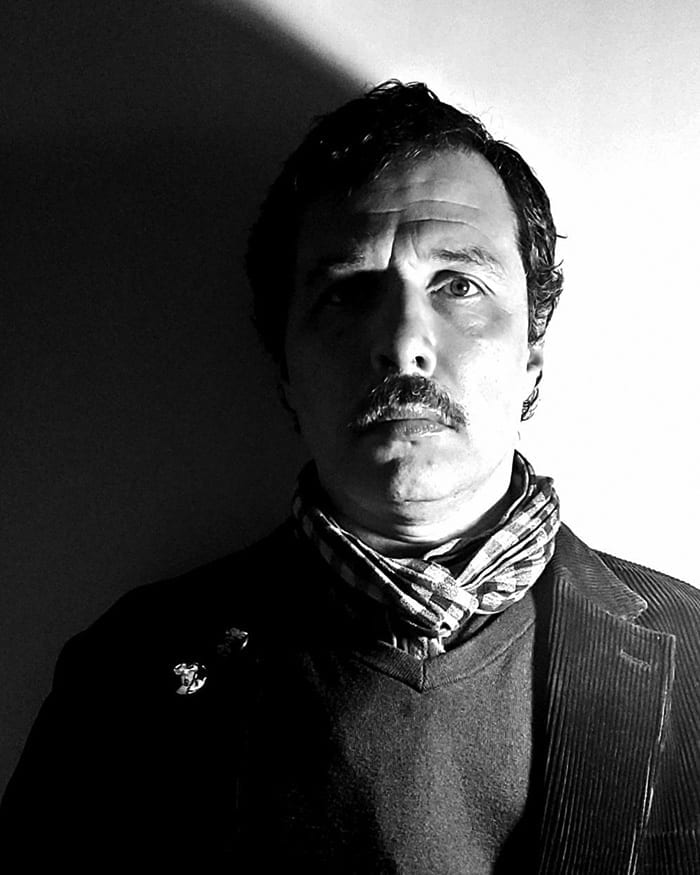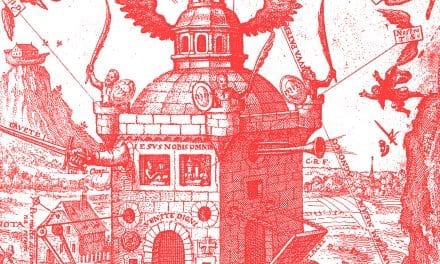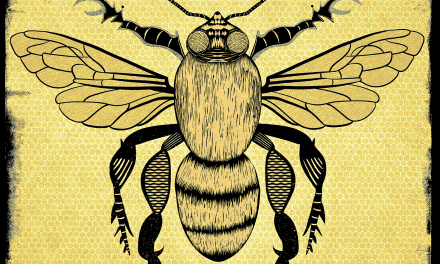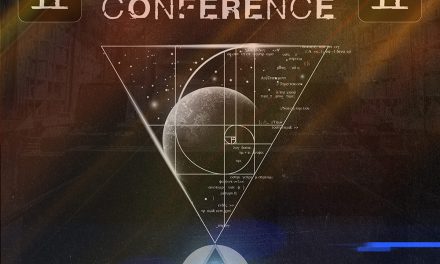ALCHEMY AND ROSICRUCIANISM IN FREEMASONRY
Written by Jaime Paul Lamb
Both the alchemical tradition and Rosicrucianism may be counted among the many tributaries to what would become modern speculative Freemasonry. Evidence of this may be found in the work of the Fraternity’s appendant bodies, such as the Scottish Rite and the Societas Rosicruciana, and in certain Masonic rituals that are no longer worked, such as Cagliostro’s Egyptian Rite.
It is the purpose of this article to very briefly enumerate some of the ways in which our Fraternity, in its speculative aspect, has been affected by, and/or contributed to, the Rosicrucian and alchemical traditions. We will address the latter first.
There is tremendous value for the Freemason of today in developing this critical alchemical perspective.
Considering that alchemy may be divided into operative (practical) and speculative (theoretical) denominations – a distinction that is also made evident in Freemasonry – one may understand how these two systems would be synergistic, particularly as it pertains to their common methods of symbolizing and allegorizing their work.
Alchemy and Freemasonry are both rife with elaborate symbol sets and either allegorical prose or dramatizations representing certain craft-specific processes. Furthermore, the work of both of these traditions share a belief in a core hermetic principle centered on the sympathies between the microcosm and the macrocosm, in that an operation performed in a particular domain may have a causal effect on another corresponding domain – a central feature of sympathetic magic.
Though the case had been left to go cold for most of the last century, the dynamic between alchemy and Freemasonry has again been receiving much needed attention in Masonic thought and literature of the 21stcentury. Any Brother interested in this fascinating field of inquiry should consult the work of Brother P.D. Newman, an operative psychonaut, who, in his excellent Alchemically Stoned: The Psychedelic Secret of Freemasonry (The Laudable Pursuit, 2017) develops and presents one of the most groundbreaking theses in modern Masonic literature, pertaining to the symbolism of the acacia in the ritual and symbolism of Freemasonry and its possible connection to the Philosopher’s Stone of the alchemists and, thereby, to the plant’s entheogenic properties.
For a broader overview, see Alchemical Keys to Masonic Ritual (Lulu Press, 2007) by Brother Timothy Hogan, whose work did much to open the floodgates of alchemical inquiry from the perspective of Freemasonry. There is tremendous value for the Freemason of today in developing this critical alchemical perspective.
V.I.T.R.I.O.L is an alchemical acronym for “Visita Interiora Terrae Rectificando Invenies Occultum Lapidem.” Roughly translated meaning “Visit the interior of the earth and rectifying, or purifying, you will find the hidden stone.”
If in no other form than nominally, Rosicrucianism has also been perpetuated in speculative Freemasonry and its appendant bodies, such as the Rose-Croix degrees in the Ancient and Accepted Scottish Rite and in the Societas Rosicruciana, or Masonic Rosicrucian Society; the latter of whose grades are patterned on those of the Orden der Gold und Rosenkreuzer (German, Order of the Golden and Rosy Cross). Formed by Samuel Richter in 1710 CE and reconstituted in the mid-18th century by Hermann Fictuld, the Orden der Gold und Rosenkreuzer was a German Rosicrucian society peopled exclusively by Freemasons and alchemists.
The qabalistically-sequenced grade structure of the Order would be adopted by many Rosicrucian and hermetic orders to follow, including the Masonic Societas Rosicruciana and, through them, to the Hermetic Order of the Golden Dawn. However, arguments have been made to the effect of attributing the origin of Freemasonry as issuing from the milieu of European Rosicrucianism. [De Quincey, “Historico-Critical Inquiry into the Origin of the Rosicrucians and the Freemasons”, Confessions of an English Opium-eater, London: Walter Scott, 1886]
One thing is clear: other than perhaps the work of the Florentine Neoplatonists of the Renaissance, the Rosicrucian furore of the early 17th century was, ostensibly, the most developed synthesis of esoteric Christianity, Hermeticism, alchemy, astrology, sympathetic magic and qabalistic thought in the early-modern era – and, perhaps not coincidentally, all of these subjects have since been considered as to their relationship to the speculative craft.
This leaves us, in the absence of concrete evidence one way or another, to consider three possibilities:
1. Interest in the hermetic or occult arts and sciences was infused into speculative Freemasonry due to deliberate Rosicrucian influence, which would have likely been due to their finding the Masonic system a suitable host for their aims and doctrines.
2. Interest in these subjects spontaneously generated in Freemasonry due to its conflation with other Mystery traditions, such as Rosicrucianism, Theosophy and Templarism.
3. The occult sciences have, since their inception, been in the keeping of Freemasonry – the Hidden Mysteries, or speculative aspects of the craft, as it were – and, conversely, found their temporary outward expression in the form of Rosicrucianism.
Written by Jaime Paul Lamb
Related Articles
Related
Inner Strength, Outer Strength: Tarot Key 8 Through a Masonic Lens
I was not anticipating that Key 8 would be the next subject of this series of articles; in fact, my initial Tarot studies found it hardest to grasp. The design of this Key is rather stark – we go from the rich imagery of Key 7, with its chariot, starry canopy,...
Freemasonry, Alchemy, and Lost Knowledge: A Conversation with Tim Hogan
Guest Tim Hogans's Bio Tim Hogan is an internationally recognized Masonic scholar, author, and lecturer, known for his deep expertise in Freemasonry, Rosicrucianism, Alchemy, and the Western Mystery Tradition. A Past Master of multiple lodges, he has...
A Formless Fire: Interview with Author Ike Baker
We talk with Tria Prima author Ike Baker, host of Arcanvm about his new book A Formless Fire- Rediscovering the Magical Traditions of the West. A Formless fire is a full-scale examination of the history, theory, and practice of the Western Esoteric...









